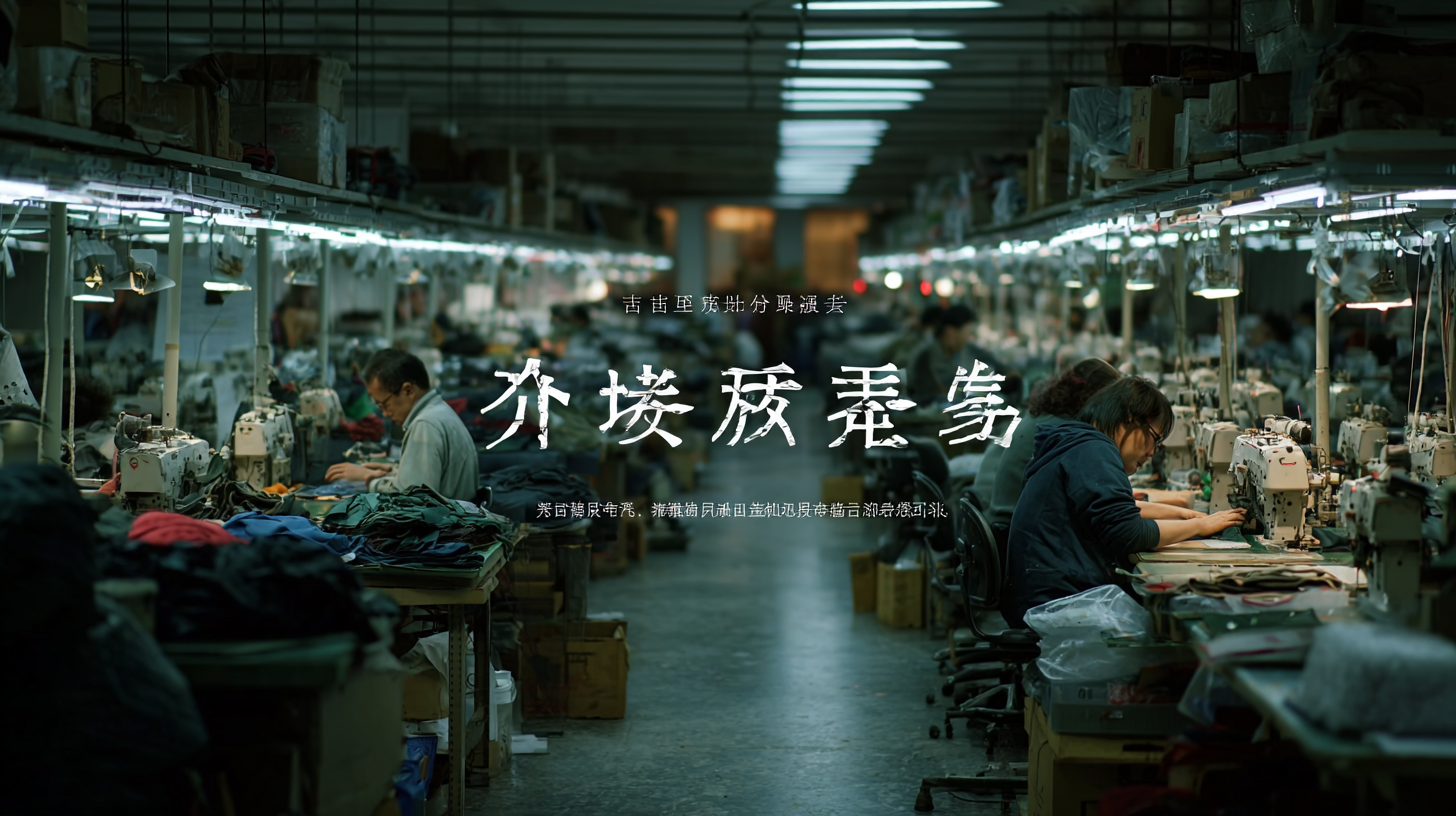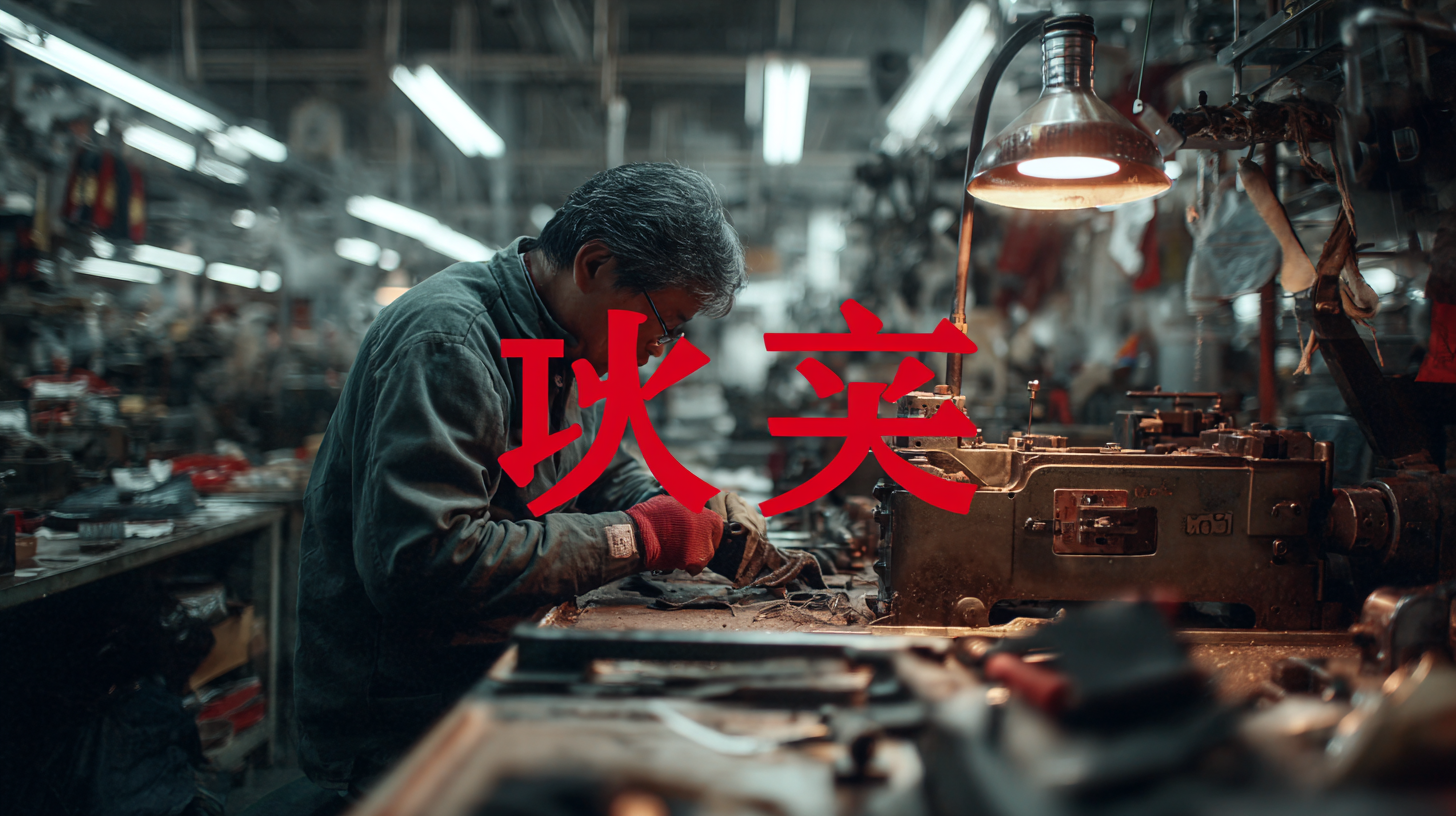
In today's global marketplace, the intersection of craftsmanship and affordability has been revolutionized by Chinese manufacturing, empowering buyers across the world to access quality goods at cheap prices. According to a report by the China National Bureau of Statistics, the country's manufacturing sector contributed over 27% to the global manufacturing output in 2022, highlighting China's pivotal role in supplying high-quality products at competitive costs. This has led to a dramatic increase in international trade, with the World Trade Organization estimating that global merchandise trade volumes grew by 8% in 2021, largely fueled by affordable Chinese exports. As global buyers increasingly seek value without compromising on quality, understanding the intricacies of industry-specific import and export certifications becomes crucial. This blog will explore how these certifications facilitate access to Chinese manufacturers while ensuring compliance with international standards, ultimately benefiting businesses around the world.

The rise of Chinese manufacturing in the global market can be attributed to a unique blend of craftsmanship and cost-effectiveness that increasingly appeals to global buyers. According to the World Bank, China's manufacturing sector contributed approximately 30% to the country's GDP in 2022, showcasing its pivotal role in not only China's economic landscape but also in global supply chains. This substantial contribution reflects a well-established ecosystem of skilled labor and advanced technology that has set a high bar for quality while maintaining competitive pricing.
 Moreover, the 2023 report from McKinsey & Company highlights that China remains the largest exporter of goods worldwide, with exports valued at over $2.6 trillion in 2022. This surge is driven by Chinese manufacturers' ability to adapt and innovate, creating products that meet international standards without compromising affordability. As global buyers increasingly leverage China's manufacturing capabilities, they benefit from shorter lead times and enhanced flexibility, allowing businesses to scale and respond swiftly to market demands. This dynamic is reshaping the global manufacturing landscape, positioning Chinese manufacturers not only as suppliers but as key partners in driving innovation and market growth across various sectors.
Moreover, the 2023 report from McKinsey & Company highlights that China remains the largest exporter of goods worldwide, with exports valued at over $2.6 trillion in 2022. This surge is driven by Chinese manufacturers' ability to adapt and innovate, creating products that meet international standards without compromising affordability. As global buyers increasingly leverage China's manufacturing capabilities, they benefit from shorter lead times and enhanced flexibility, allowing businesses to scale and respond swiftly to market demands. This dynamic is reshaping the global manufacturing landscape, positioning Chinese manufacturers not only as suppliers but as key partners in driving innovation and market growth across various sectors.
In today's competitive marketplace, the ability to balance quality and cost is paramount for businesses seeking to thrive. Chinese manufacturing has become a bastion of affordable craftsmanship, offering global buyers a unique opportunity to access high-quality products at reasonable prices. This remarkable ability stems from a combination of advanced manufacturing techniques, skilled artisans, and robust supply chains, all contributing to a dynamic ecosystem that prioritizes both excellence and value.
The art of affordable craftsmanship is evident in various sectors, from textiles to electronics, where Chinese manufacturers blend traditional techniques with innovative processes. By investing in automation while preserving artisanal skills, these manufacturers create products that not only meet international standards but also reflect cultural artistry. This approach allows global buyers to obtain beautifully crafted items without the hefty price tag, facilitating wider access to goods that resonate with quality and affordability. As businesses around the world continue to seek economically viable production solutions, the synergy between craftsmanship and cost-effectiveness in China will likely foster enduring partnerships and drive global commerce forward.
| Product Category | Average Cost (USD) | Quality Rating (1-5) | Production Time (Weeks) |
|---|---|---|---|
| Electronics | $50 | 4.5 | 8 |
| Textiles | $20 | 4.0 | 6 |
| Furniture | $150 | 4.7 | 10 |
| Toys | $15 | 4.2 | 5 |
| Kitchenware | $30 | 4.3 | 7 |
Chinese manufacturing has undergone significant transformations in recent years, leveraging innovative technologies and practices across various industries. From electronics to textiles, the infusion of advanced manufacturing techniques has not only increased efficiency but also improved product quality. This evolution enables global buyers to access high-quality goods at affordable prices, thus empowering a new wave of consumers and businesses worldwide.
One way buyers can benefit from this transformation is by exploring partnerships with Chinese manufacturers that prioritize craftsmanship. Look for companies that emphasize quality control and use sustainable practices. This not only ensures that you receive superior products but also helps promote ethical manufacturing standards.
Additionally, staying informed about the latest trends in Chinese manufacturing can provide you with a competitive edge. Attend industry expos, engage with online forums, and subscribe to industry publications. These resources will help you identify emerging innovations that could enhance your supply chain and product offerings, ultimately aligning with the evolving demands of global markets.

In the evolving landscape of global sourcing, Chinese manufacturing stands out as a beacon of both craftsmanship and affordability, transforming the way buyers approach procurement. Recent statistics reveal that China accounted for approximately 28% of global manufacturing output in 2022, highlighting its pivotal role in the international market. However, as global buyers navigate through various challenges such as supply chain disruptions and rising labor costs, the need for strategic sourcing has never been more critical. The ability to balance cost with quality has become a fundamental goal for companies looking to thrive in a competitive environment.
Moreover, advancements in technology and logistics are creating new opportunities for seamless collaboration between Chinese manufacturers and global buyers. A report by McKinsey indicates that digital technologies in supply chain management could potentially reduce costs by up to 30% while improving efficiency and transparency. Buyers are increasingly leveraging these tools to enhance visibility into their supply chains, enabling them to respond swiftly to market changes. As they navigate these challenges and seize opportunities, the synergy between craftsmanship and affordability offered by Chinese manufacturing continues to empower buyers worldwide, fostering innovation and driving growth.
When selecting the right Chinese manufacturers, it's essential to take a structured approach. Start by defining your requirements clearly. Consider the specifics of your product, including materials, production capacity, and quality standards. This clarity will help you narrow down potential manufacturers who specialize in your industry and have a track record of delivering similar products.
Next, research potential partners thoroughly. Look for manufacturers with positive reviews and a solid reputation in the market. Utilize platforms like Alibaba or trade shows to connect with suppliers, but also verify their credentials through third-party reviews and audits. Building a good relationship with your chosen manufacturer is vital; effective communication will ensure that your expectations are met and any potential issues are addressed promptly.
Finally, don’t underestimate the importance of samples and quality checks. Requesting prototypes before committing to a full order can save you time and money, ensuring that the products align with your specifications. By following these tips, buyers can empower themselves to make informed decisions, ultimately benefiting from the craftsmanship and affordability that Chinese manufacturing offers.
